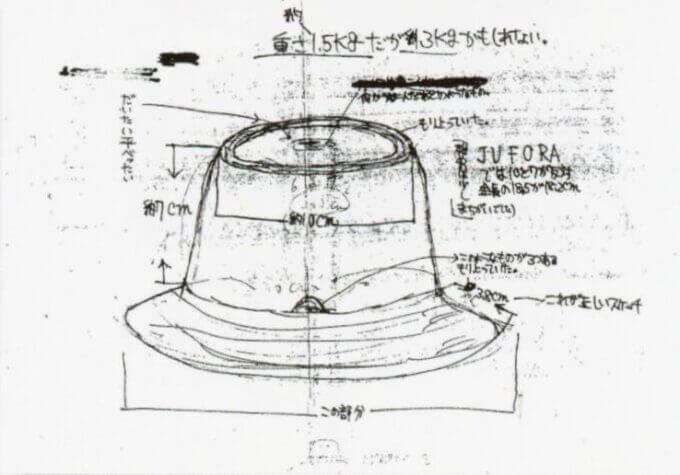
Source MYSTERY PHOTONICLE (May 2016), 40-41, Digital Ultra Project
This is a true story of nine Japanese boys who captured a small UFO about 50 years ago.
Kera Incident: Amazing Japanese Boys Who Captured a Small UFO in 1972
In the following article, I introduced the amazing story of nine Japanese boys who captured a small UFO in 1972 in Kera, Kochi City, and recorded detailed sketches and measurements of it.
According to the boys, this small UFO showed them a series of mysterious phenomena that could not be explained scientifically.
The small UFO then disappeared without a trace, never to be reappeared in front of the boys again.
The local adults assumed that their UFO capture was a prank and did not believe the boys’ story.
However, the “Kera Incident” became widely known throughout Japan as it was picked up by prominent comet hunters, TV directors, and writers.
After that, the truth of the Kera Incident was shrouded in mystery until around the mid-2000s.
However, around 2010, about 40 years after the incident, some people re-examined the Kera Incident, and new evidence and facts came to light one after another.
Nevertheless, Nishimoto’s theory claiming that Kera’s UFO was a prank by some boys was just a guess and had long been ignored by many UFO researchers because there was no physical evidence.
However, in recent years, a cast ashtray almost identical in shape to the Kera’s small UFO has been discovered and has attracted attention as physical evidence of the prank theory.
In this article, I would like to introduce the latest research results on the Kera Incident, including a report by Tatsuya Honjo of ASIOS who found a cast ashtray with almost the same shape as the Kera’s small UFO.
On June 23, 2021
OTAKUPAPA
You know something, Roger?
The truth is hard to find sometimes.
Sometimes it’s right in front of you and you can’t prove it.
Lieutenant Columbo
Tatsuya Honjo’s Report in 2017
Tatsuya Honjo (born 1979) is a Japanese paranormal researcher, and the founder and representative of ASIOS (Association for Skeptical Investigation of Supernatural), a Japanese organization dedicated to the skeptical investigation of the paranormal.
In his article on the Kera Incident in the book “UFO Jiken Chronicle (Chronicle of UFO Incidents),” published in 2017, Honjo examines the theory that the small UFO captured at Kera was a commercial cast ashtray.
According to the article, Honjo drew attention to a statement made by Matsuo Fujimoto, the only adult who had seen the small UFO up close.
Mutsuo Fujimoto, Keikou’s father, was a teacher who served as the chief education officer at the Kochi City Science Center.
Mutsuo described his impressions of actually examining the small UFO as follows.
When I first saw it, it was a cast-iron ashtray with a diameter of less than 20 centimeters (about 8 inches).
That’s what it looked like.
Also, it was painted silver on the outside.
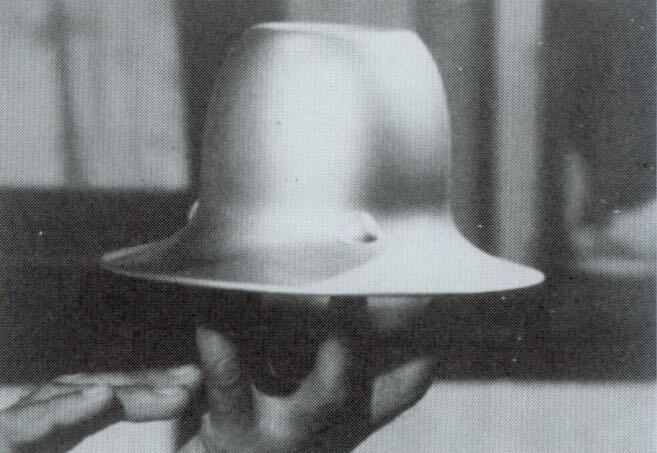
Source Junichi Yaoi (June 2006). Yaoi Junichi no UFO Taizen (Junichi Yaoi’s Complete UFO Collection), 254-256, Lyonsha.
There was a lid in the middle of the object with small holes in it.
When I actually held the object in my hands, it was very light and the surface was made of smooth metal.
It also felt like it was made of a metal that I had never seen before.
I hit it (with a paperweight) a bit, but it was sturdy and didn’t get scratched.
Japanese paperweight
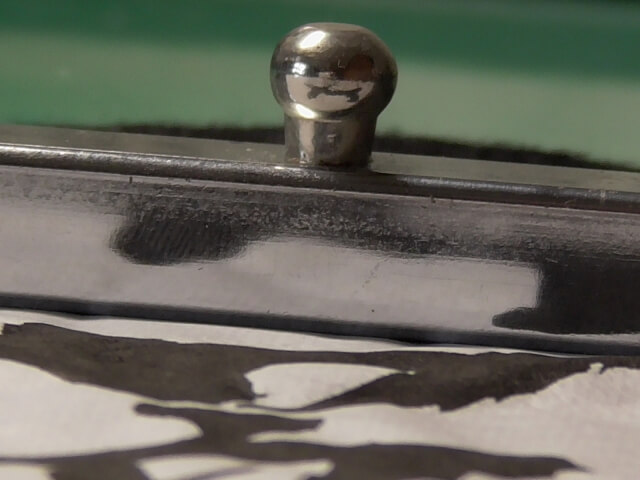
*The above image is simulated for illustrative purposes only.
My child (Keikou) told me that the inside of it had been glowing inside, but as far as I could see, it wasn’t glowing at that time.
I tried to look through the holes in the back lid as well, but it was already covered with some kind of strange membrane that prevented me from seeing the inside.
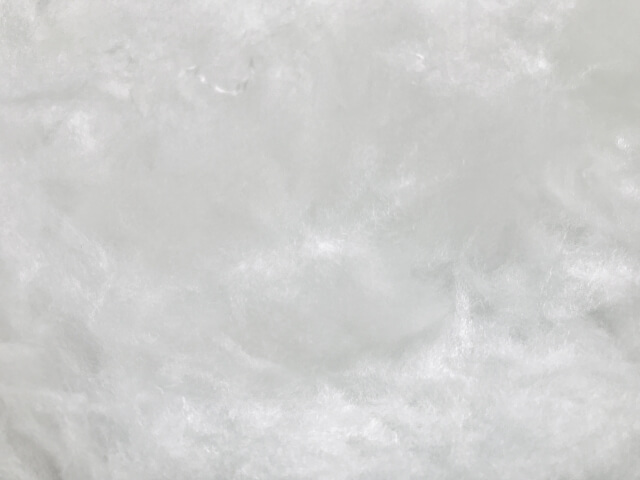
*The above image is simulated for illustrative purposes only.
I had the feeling that it was made of a metal I had never seen before, but I didn’t take a closer look it at the time.
I thought it was probably just a kid’s prank anyway.
(Looking back on it now) I think it was a shame.
Based on the above statement by Keikou’s father, Honjo thought that there was a high possibility that the small UFO in question was an ashtray made of cast iron.
So, he looked into antique stores and auctions to see if such an ashtray actually existed.
Then, in April 2017, he was able to find an ashtray on Yahoo! Japan Auctions that resembled the small UFO captured in Kera.
Honjo obtained the ashtray and reported its similarity to Kera’s small UFO.
According to Honjo, this ashtray was originally sold as a cast ashtray of Nambu Tekki (Nambu Ironware).
An example of a Nambu Ironware iron kettle

Nambu Ironware is ironware that was first manufactured in the middle of the 17th century by the Morioka Clan (Nanbu Clan), which was the domain that ruled the northern part of Mutsu Province (the area from the current central part of Iwate Prefecture to the eastern part of Aomori Province) during the Edo period.
Another production area in Iwate Prefecture, the Mizusawa area of Oshu City, has been producing Nambu Ironware since the late Heian period (794-1185).
Mizusawa’s Nambu Ironware has a different history from Morioka’s Nambu Ironware but is called Nambu Ironware because Mizusawa is located in the southern part (nanbu in Japanese) of Iwate Prefecture.
Both Morioka and Mizusawa Nambu Ironware have been handed down as traditional crafts such as tea ceremony utensils and iron kettles in Iwate Prefecture.
Nambu Ironware is also popular outside Japan due to its high artistic quality and is exported to Europe and the United States as a traditional Japanese craft.
According to Honjo, Nambu Ironware is also famous throughout Japan for its cast-iron ashtrays.
In particular, cast-iron ashtrays with lids and brimmed hat-like shapes are a common design feature of Nambu Ironware.
Honjo reported that the ashtray he obtained was 20.4 centimeters (about 8 inches) wide, 9 centimeters (about 3.5 inches) high, and weighed 1.7 kilograms (about 3.7 pounds), which was an overall size larger than the small UFO in Kera.
An ashtray of Nambu ironware obtained by Honjo. To verify the theory that the small UFO captured in Kera was an ashtray, I quoted the photographic evidence of the cast ashtray found by Honjo from ASIOS’s book “UFO Taizen.”

SourceTatsuya Honjo, ASIOS (August 2017). UFO Jiken Chronicle (Chronicle of UFO Incidents), 138-145, Saizusha.
A replica of the small UFO created by Kazuo Hayashi of the Japan Space Phenomena Society (JSPS) is based on the boys’ accounts. The shape is remarkably similar to the ashtray above.

Source Junichi Yaoi (June 2006). Yaoi Junichi no UFO Taizen (Junichi Yaoi’s Complete UFO Collection), 254-256, Lyonsha.
The features of this ashtray, such as the record-disc-like grooves on the periphery and the four dents on the edge of the central hollow, were remarkably similar.

SourceTatsuya Honjo, ASIOS (August 2017). UFO Jiken Chronicle (Chronicle of UFO Incidents), 138-145, Saizusha.
A replica of the small UFO created by Kazuo Hayashi of the Japan Space Phenomena Society (JSPS) based on the above sketches.
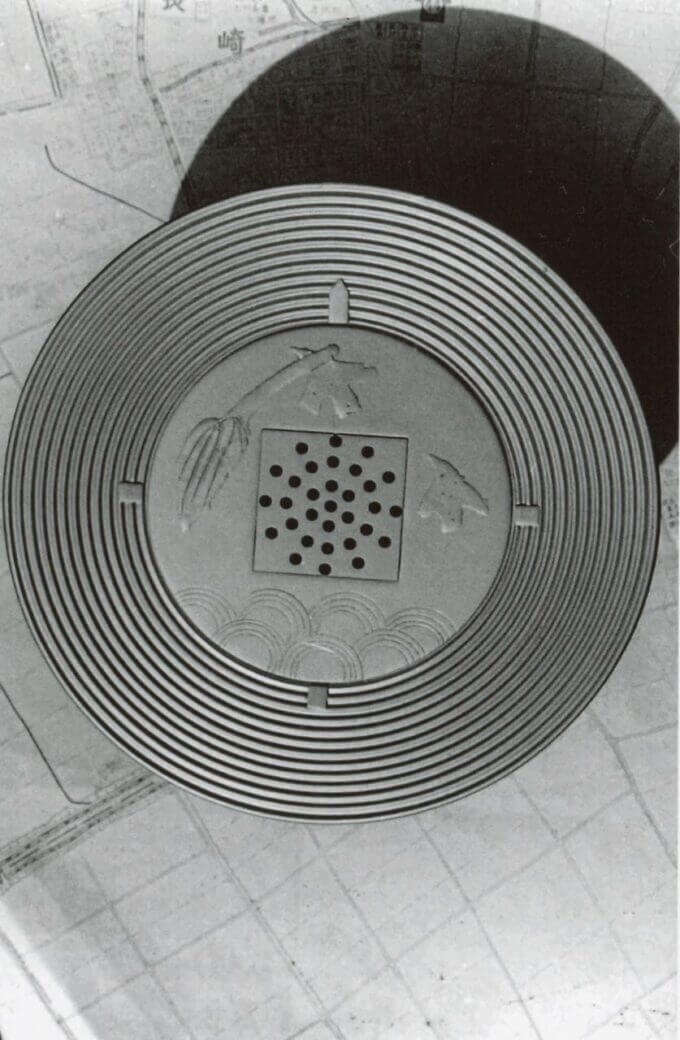
Source MYSTERY PHOTONICLE (May 2016), 40-41, Digital Ultra Project
According to Honjo, the lid of the ashtray can be turn over, and on the back side of the lid, the words “20th Anniversary of the Buyo Shinkin Bank” can be seen, which indicates that the ashtray was made as a commemorative gift for the company.
On the backside of the lid, the words “20th Anniversary of the Buyo Shinkin Bank” can be seen.
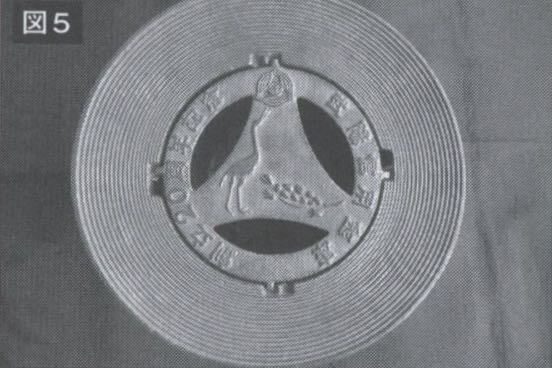
SourceTatsuya Honjo, ASIOS (August 2017). UFO Jiken Chronicle (Chronicle of UFO Incidents), 138-145, Saizusha.
In the photo below, it can be seen that there is a design of a bank logo on the bank lid.
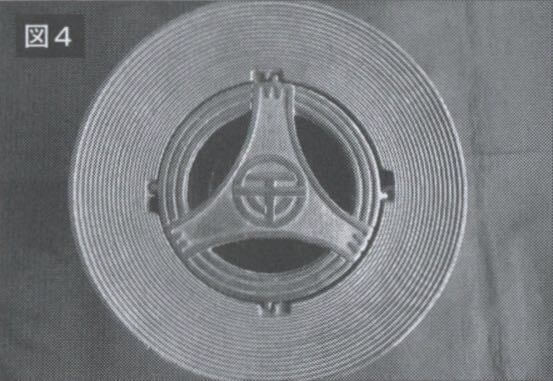
SourceTatsuya Honjo, ASIOS (August 2017). UFO Jiken Chronicle (Chronicle of UFO Incidents), 138-145, Saizusha.
The Buyo Shinkin Bank is a Japanese shinkin bank that was reorganized in November 1952 from the Fussa-cho Credit Union, which was established in Fussa City, Tokyo in August 1948.
The Buyo Shinkin Bank merged with the Kyoritsu Shinkin Bank in Jun 1969 to form the Seibu Shinkin Bank.
The ashtray obtained by Honjo differs from the Kera’s small UFO in the design of the center of the lid, but the shape of the lid with its circular outline, the four recesses for fitting the lid, and the record groove structure on the periphery of the lid are almost identical.
When this ashtray is turned upside down, the number of protrusions visible at the base of the brim is four, while the number of protrusions at that of Kera’s small UFO is three.
Although they are different in height and width length, they are close in weight and the ratio of height to width length.
Because of this similarity in shape, Honjo points out that it is unlikely that the two were designed totally independently, and that they may be related in some way.
The Mystery of the Strange Pattern on the Bottom of Kera’s Small UFO
Regarding the strange patterns on the bottom of Kera’s small UFO, Honjo noted that they resembled traditional Japanese patterns called Seigaiha (Blue-Sea-Waves patterns) and Chidori-mon (Plovers patterns).
Sketch of a view of an object from the bottom. Strange design, square lid-like object, and record groove-like structure can be confirmed.
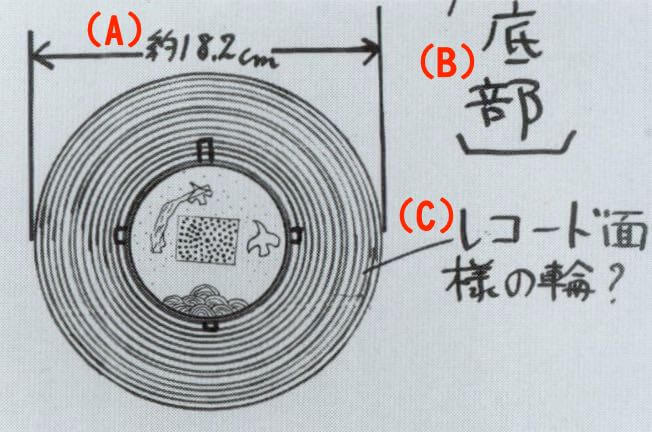
Source Junichi Yaoi (June 2006). Yaoi Junichi no UFO Taizen (Junichi Yaoi’s Complete UFO Collection), 254-256, Lyonsha.
The combination of these two patterns, also known as Seigaiha-Chidori-mon or Nami-Chidori-mon (Waves-Plovers patterns), has long been used in Japan as an auspicious pattern for kimonos and traditional crafts.
An example of Seigaiha-Chidori-mon or Nami-Chidori-mon (Waves-Plovers patterns)
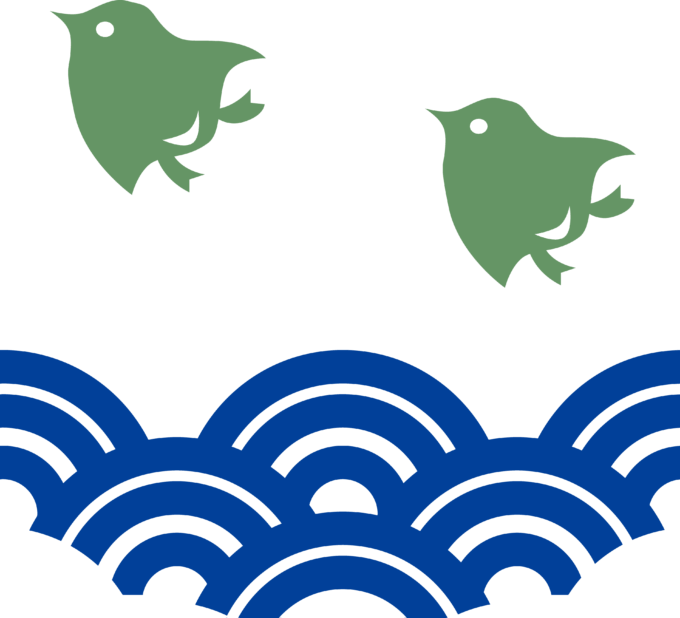
By the way, the lid of the ashtray obtained by Honjo has a design of a crane (and possibly a tortoise) on it.

SourceTatsuya Honjo, ASIOS (August 2017). UFO Jiken Chronicle (Chronicle of UFO Incidents), 138-145, Saizusha.
In Japan, cranes and turtles are considered to be auspicious animals because of their long life span, and therefore, since ancient times, crane and turtle patterns have been used in various decorations.
Honjo points out that if the true identity of Kera’s small UFO was a cast-iron ashtray, it would not be surprising if the ashtray lid used such auspicious patterns, as did the ashtray he obtained.
Honjo’s Reasoning on the Truth of the Kera Incident
If Kera’s small UFO was a cast-iron ashtray, then the truth of the Kera Incident was a prank by the boys to make the ashtray look like a UFO.
However, not all of the nine boys involved in the incident may have conspired to create the prank, Honjo points out.
This is because some boys, such as Kei, drew detailed sketches of the small UFO, and Keikou, who showed it to his father, left unfavorable information that could lead to a negative theory that Kera’s UFO was a cast ashtray.
Honjo points out that if all the boys had known that Kera’s small UFO was really a cast-iron ashtray, they would have left some other information that would not have led to the cast-iron ashtray theory.
Honjo also points out that in the Kera Incident, the disappearance of the small UFO and other mysterious phenomena were concentrated on a few boys who played a central role in the incident.
Regarding how the boys obtained the cast-iron ashtray, according to Honjo, the market price for a cast-iron ashtray is around 5,000 yen (about $45 as of June 23, 2021).
Also, if it was a Nambu ironware ashtray, which is well known throughout Japan, it would have been available even in a regional city like Kochi City.
Therefore, it is possible that the boys purchased the cast-iron ashtray with their own allowance.
However, it would be quite possible that the boys picked up the discarded cast-iron ashtray by accident.
To verify the latter possibility, Honjo contacted the Kochi City Office to inquire about the situation around the UFO capture site in Kera at that time.
Kochi City Office
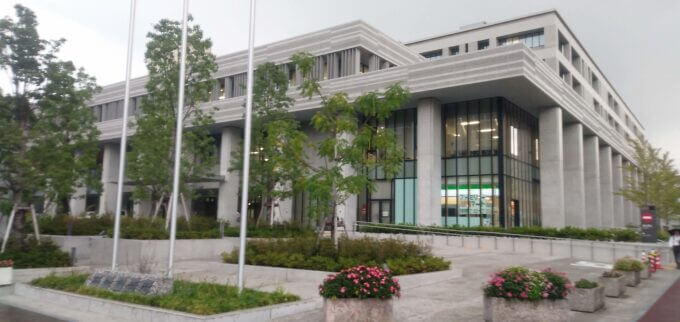
Source – Own work
As a result, Honjo was able to confirm that in 1972, there was a garbage disposal site to the south of the rice fields where the small UFO was found.
According to an official of Kochi City Office, the garbage disposal site was located in the area of the current Kochi City Eastern Sports Ground, and at that time, burnable and non-burnable garbage from Kochi City was collected, incinerated, and landfilled.
Below is a map of UFO sightings and captures in Kera, based on an aerial photograph taken by the Geospatial Information Authority on May 17, 1972, about four months before the incident. As shown in the map below, you can see that the garbage disposal site was located south of the rice field, on the other side of the Kera River.

Source Geospatial Information Authority of Japan
Based on the above facts, Honjo deduces the truth behind the Kera incident as follows.
That is, some of the boys who played a central role in the incident may have accidentally found a cast-iron ashtray shaped like a UFO among the garbage collected at the disposal site, and came up with the idea of using it as a prank.
By the way, one of the boys, Sadao Fujiwara, described his impression when he first saw the small UFO from the other boys as follows.
It was a bit of a heavy cast metal, but it looked like a silver spray paint on something that didn’t have a very good finish.
Based on the above Sadao’s account, Honjo speculated that some of the boys who made up the incident may have colored the ashtray with silver spray paint to make it look like a UFO.
According to Honjo, it is also possible that the boys had incorporated various parts and glowing devices into the ashtray to make it look like a real UFO.
Based on the above, Honjo argues that the theory that the truth of the Kera Incident was a prank played by some boys using a cast-iron ashtray should not be so easily dismissed.
In fact, a cast-iron ashtray with a shape very similar to that of the small UFO in the Kera Incident has been found as irrefutable physical evidence.
So, I look forward to more of Honjo’s skeptical investigations in the future.
Miyabi’s Report in 2015
Miyabi is a Japanese writer and private UFO researcher who runs a popular Japanese UFO website.
Although it is a personal site, UFO Case Files provides detailed information on many UFO cases in Japan and abroad and provides interesting insights into Japanese UFO cases.
Miyabi, like Nishimoto and Honjo, has presented skeptical insights on the Kera Incident from early on.
Miyabi also deduces that the truth behind the Kera Incident is that some of the boys who played a central role in the incident used a cast ashtray to make it look like a real UFO.
Information Provided by a Reader of Miyabi’s Site
By the way, in the comments section of the article on the Kera Incident on Miyabi’s website, on December 17, 2018, Inoki-Tai-Ari (hereinafter referred to simply as Inoki), one of Miyabi’s readers sent in an interesting piece of information.
I saw an ashtray that was exactly the same shape as the small UFO in Kera.
Due to copyright issues, the original comments cannot be included here in their entirety, so only a summary is presented here.
If you want to know more details, please refer to Miyabi’s article on the Kera Incident (all written in Japanese).
According to the comments, Inoki was watching a UFO special featuring the Kera Incident on TV at his aunt’s house in Saitama Prefecture.
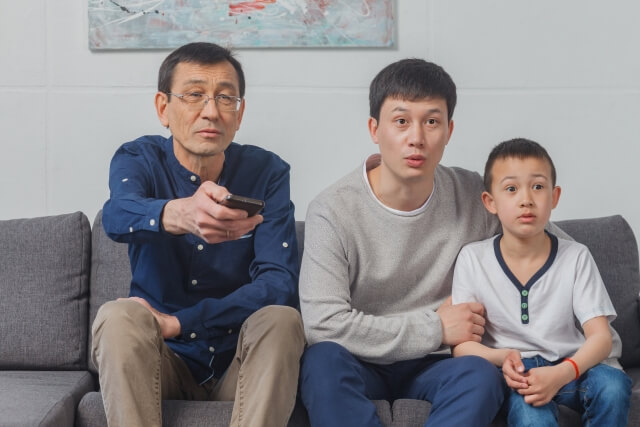
*The above image is simulated for illustrative purposes only.
It was then that Inoki noticed an ashtray in the same shape as Kera’s small UFO right in front of him as he watched TV!
According to Inoki, he remembers with great intensity the weird feeling he had when he saw the ashtray in front of him that had the same characteristics as the small UFO shown in the program.
It was an ashtray for a low table, not made of Nanbu Ironware, but probably stainless steel, and very heavy.
Also, the top lid had a pattern of waves and plovers.
On the other hand, according to Inoki’s memory, the difference between the ashtray and Kera’s small UFO was the size of the holes in the center of the lid.
The holes in the ashtray’s lid were round, just the diameter of a cigarette, and were arranged in a 4 x 4 or 5 x 5 arrangement.
Inoki also reported that the ashtray did not have the square frame surrounding the holes, as seen on Kera’s small UFO replica, nor did it have the four small rectangular pieces symmetrically placed around the inner circumference of the surface with record-shaped grooves.
He also pointed out that the brim of the ashtray was just the place to put a cigarette.
According to Inoki, the ashtray was unfortunately discarded, so there is no physical evidence left.
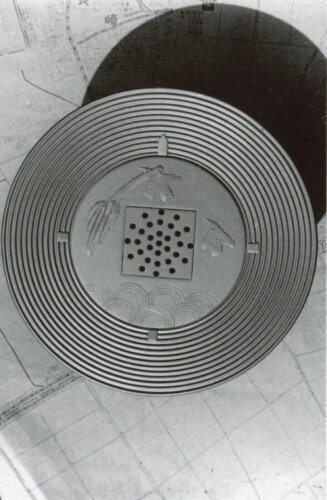
Source MYSTERY PHOTONICLE (May 2016), 40-41, Digital Ultra Project
Despite the differences in the size and arrangement of the holes in the lid, the overall shape of the ashtray was exactly like the small Kera UFO that was introduced in the TV program.
According to Inoki, the ashtray at his aunt’s house looked so much like Kera’s small UFO that it had stuck in his mind for years, and he decided to reveal it in the comments section of Miyabi’s site.
Hiroki Sakuragi’s Report in 2020
In late February 2020, Hiroki Sakuragi, a Japanese writer, and UFO researcher found an image of an ashtray with a similar pattern to that of the small UFO in the Kera Incident.
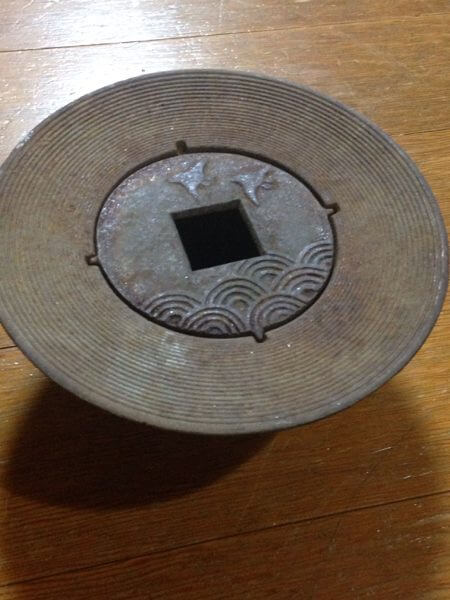
Source First Contact Jitsugen Jouken 4 Utyujin to no Koryu, 2ch.net
This image above was posted in the thread “First Contact Jitsugen Jouken 4 Utyujin to no Koryu (First Contact Conditions 4: Interacting with Aliens), ” on the Japanese message board 2chan (now 5chan) on May 12, 2017.
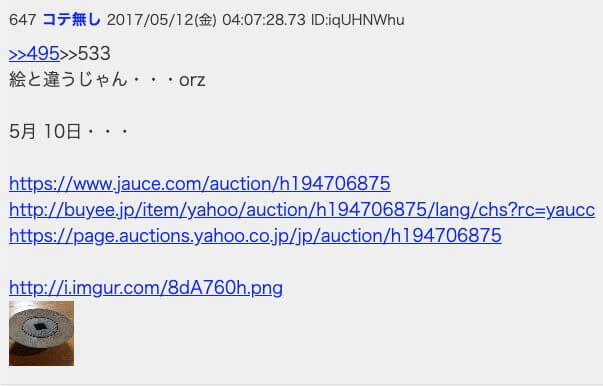
The link mentioned in the comment above is to the yahoo auctions japan page, but the link is currently broken and cannot be viewed because the page’s retention period has passed.
According to Honjo’s investigation, the ashtray in question was instantly bid on at the auction on May 12, 2017, for 3,000 yen (about US$27).
Therefore, it is almost certain that a cast ashtray of the same shape as Kera’s small UFO existed.
Now that physical evidence has been found, the theory that the Kera incident was a prank played by a few boys seems convincing.
However, it is still too early to jump to the conclusion that Kera’s UFO was a hoax.
This is because there are many mysteries left in the Kera Incident that cannot be explained by the boys’ prank theories.
In my next article, I will try to examine the truth of the Kera Incident from various angles.
(To be continued to part 6)
Published on June 23, 2021
Written by OTAKUPAPA
References:
- Tsutomu Seki (May 1973). Kera-mura ni Ochita Enban (The Flying Saucer That Fell on Kera Village), Michi no Hoshi Wo Motomete (Searching for Unknown Stars), 187-194, Sankei Shobo.
- Shinichiro Namiki, Kazuo Hayashi (Field Investigator) (April 1973).– JSPS Special Report–Soratobu Enban Ikedori Misui!! Kochi-shi Keramura de Okotta Kisou Tengaina Enban Soudou …… ??? (Attempted Live Capture of Flying Saucer! A Bizarre Flying Saucer Incident in Kera Village, Kochi City …… ???) Unidentified Flying Objects – Information and Research – Vol.1, No. 1, 48-50, Japan Space Phenomena Society (JSPS).
- Mokuyou Special Gendai no Kaiki Tuikyu Daisandan Utyujinwa Tikyuni Kite Iru!! (Thursday Special: Modern Weirdness, Pursuit #3: Aliens are Coming to Earth!!), Nippon Television Network Corporation, broadcast on October 10, 1974.
- Shusaku Endo (1976). Kera-Cho no Soratobu Enban (Flying Saucer in Kera Town), Boku ha Koukishin no Katamari (I Am a Curious Man), 36-44, Shinchosha.
- Junichi Yaoi (July 1978). Zenkoku UFO Mokugeki Tahatsu Chitai (UFO Sighting Zones in Japan), 272-277. Futami Shobo
- Ryoma Mulder (November 2002). Kochi Kogata UFO Hokaku Jiken Tenmatsu Report by Ryoma Mulder (Report on Capture of a Small UFO in Kochi by Ryoma Mulder), http://www.youneeds.com/xfiles/ufo/kela_ufo_catcher.htm
- Hiroshi Yamamoto, Kazuo Shimizu, and Ryutaro Minakami (July 2005). Tondemo UFO Nyumon (Introduction to Ridiculous UFO Cases and Researchers), Yosensha.
- Junichi Yaoi (June 2006). Yaoi Junichi no UFO Taizen (Junichi Yaoi’s Complete UFO Collection), 254-256, Lyonsha.
- Kenichi Nishimoto (May 2009). Kochi-ken Kera-Cho“UFO Hokaku Jiken” no Shogeki (The Impact of the “UFO Capture Incident” in Kera Town, Kochi Prefecture), Nihon “Kaiki” Taizen (The Complete Book of Japanese “Weirdness”), 239-253, Million Shuppan
- Shinichiro Namiki (Feburary 2010). Mikakunin Hikou Buttai UFO Taizen (The Complete Guide to Unidentified Flying Objects UFOs), 227-233, Gakken Plus.
- Shinichiro Namiki, Tanbo de Chugakusei ga Kogata Enban wo Hokaku Nazo no ‘Kera UFO Jikenno Ima wo Ou!! (Junior High School Students Captured a Small Flying Saucer in Rice Fields: Now Tracing the Mysterious ‘Kera UFO Incident!!’), MU Magazine, April 2014 issue, 172-177, Gakken.
- Miyabi, (November 8, 2015), Kera Incident, UFO Jikenbo (UFO Case Files), http://ufojikenbo.blogspot.com/2015/11/kera.html
- Kenji Sato, Radio Adventure, Kikai Isan (Odd World Heritage), NHK Radio 1, broadcast on May 3, 2016.
- MYSTERY PHOTONICLE (May 2016), 40-41, Digital Ultra Project
- Kozo Niwa, Kazuo Hayashi (June 2016). Nihon no Juyo UFO Jiken: Kochi Keramura UFO Hokaku Jiken (Important UFO Incident in Japan: Kochi Kera Village UFO Capture Incident), https://ameblo.jp/entry-12168532537.html
- Tatsuya Honjo, ASIOS (August 2017). UFO Jiken Chronicle (Chronicle of UFO Incidents), 138-145, Saizusha.



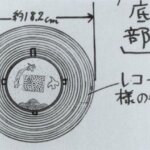
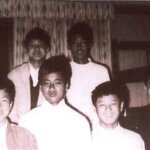

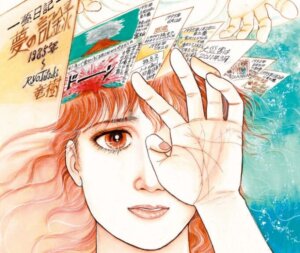
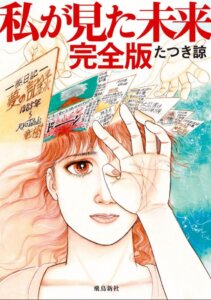
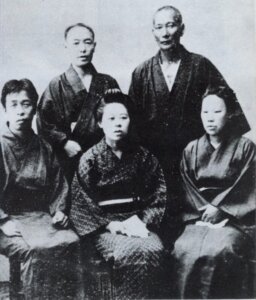

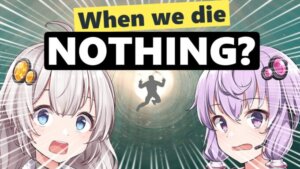
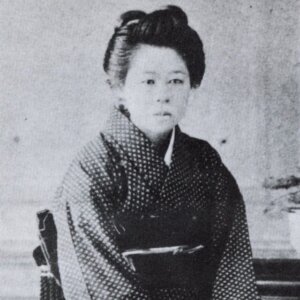
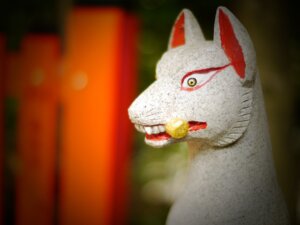
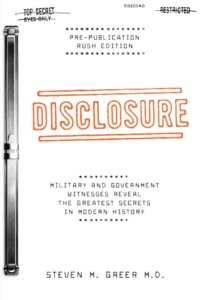
Comments